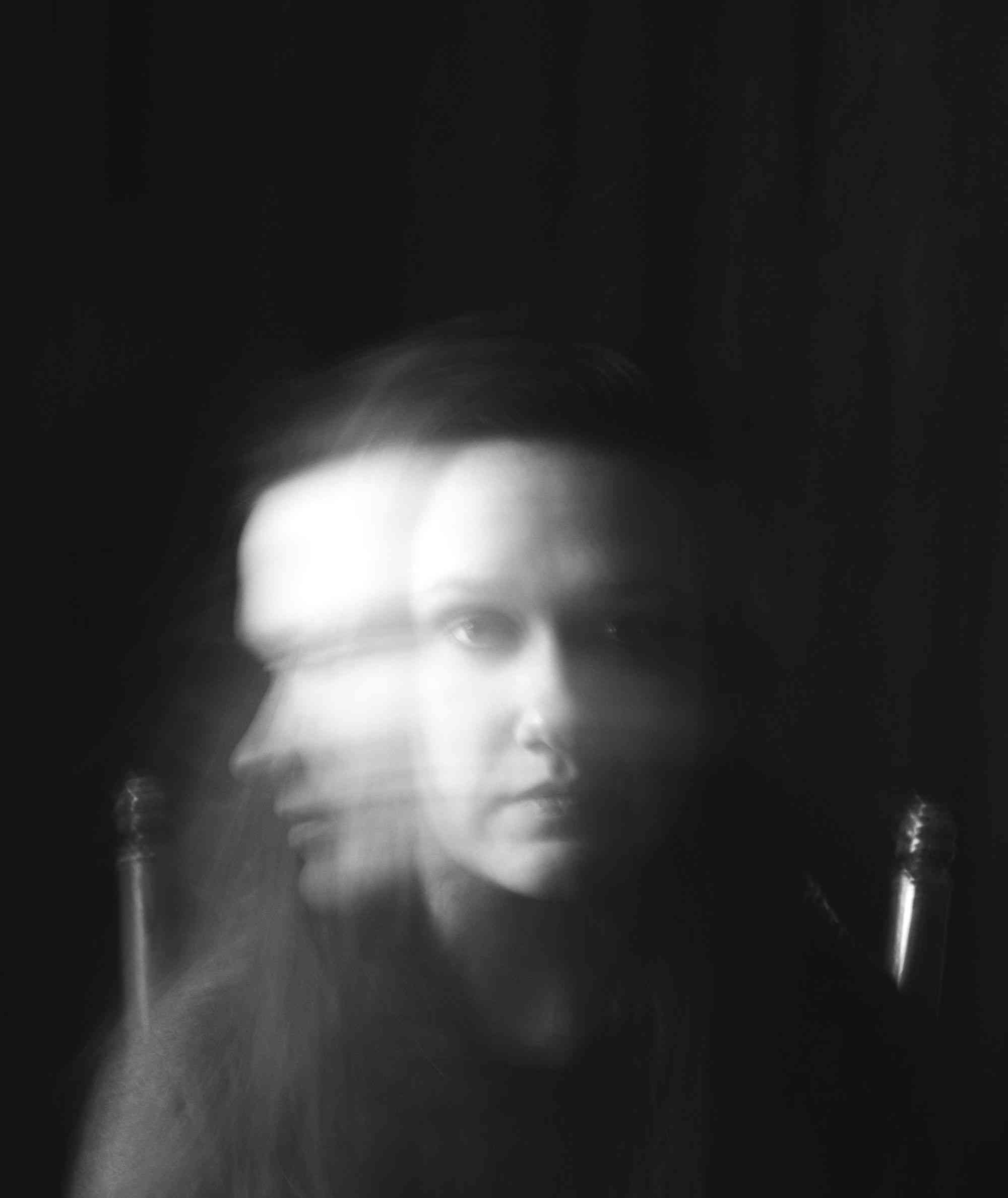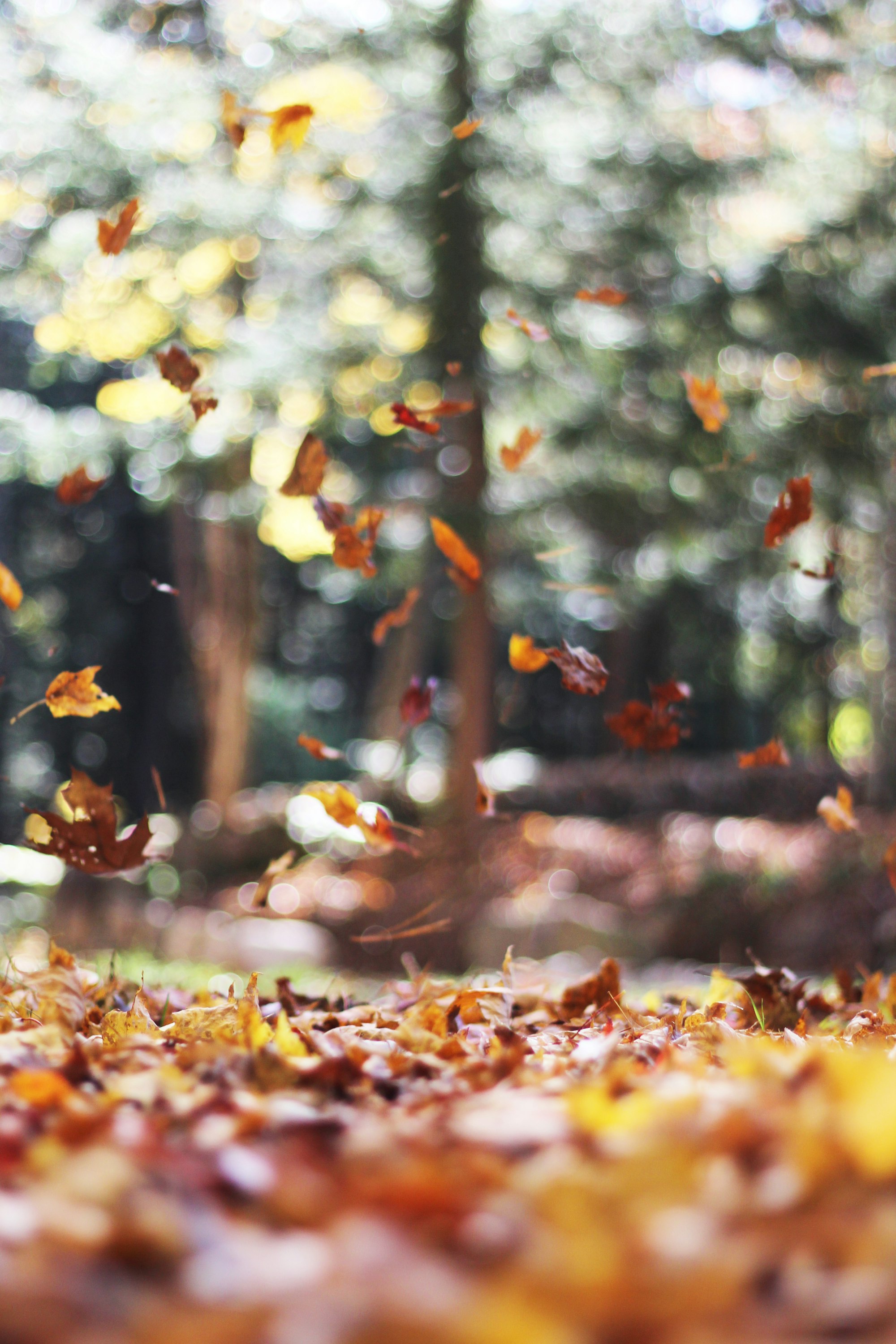If you ever suffered from depression during autumn and winter and felt depressed most of the day, then you are not alone. Many people experience these same feelings every year. This is so prevalent that psychologist have taken to studying this serious condition.
In 1984, the psychiatrist Norman Rosenthal had no choice but to describe this condition and to name it as Seasonal Affective Disorder (SAD). SAD affects almost 5 percent of Americans and it affects women more than men.
What is Seasonal Affective Disorder? (article continues below)

Seasonal Affective Disorder (SAD) occurs at specific times during the year and lasts between three to five months. Typically, it begins in autumn and ends in the springs. There are two types of Seasonal Affective Disorder. The first, the most common one, starts in autumn and lasts through the winter. The less common type starts in the spring and lasts through the summer.
It's worth noting that Seasonal Affective Disorder is different from Major Depression though they share some common symptoms.
What are the symptoms of SAD?
The majority of people who have SAD they suffer from oversleeping to the point they want to sleep all the time. Many also have appetite changes, sometimes they have strong hunger for foods with rich carbohydrates.
Another symptom is weight gain. This weight gain is often the natural result of oversleeping and overconsumption of carbohydrates. Furthermore, this weight can carry negative psychological impacts in addition to its physical danger.
Another symptom is low energy and fatigue. This is particularly a problem during the afternoon and evening. Their energy decreases dramatically, leading to difficulties in productivity.
Want to boost your self esteem? To learn more, click here
Also, they are highly susceptible to irritability and often mind themselves in a foul mood. This may lead to withdrawal from social activities, friendships, and even their own families.
Additionally, many people with SAD lose interests in activities they normally enjoy. This leads to feelings of pessimism, worthlessness, guilt, and even suicidal thoughts.
What causes SAD?
Scientists are not exactly sure what causes Seasonal Affective Disorder but have developed several possible theories. Some believe that the cause of SAD is related to specific situations the body goes through during that time of the year and that these lead to changes in the body’s hormones and thus brain as well.
The predominant theory argues that light is so significant to the body and that during the winter this light deprivation leads to SAD. The lack of light affects the hypothalamus in our brains, which is responsible for producing significant hormones for our bodies such as melatonin. Melatonin is an important hormone the body produces in order to give us a sign that we need to sleep. When there is a lack of light, the body’s melatonin levels increase and thus keep giving us a sign that we need to sleep.
Another hormone the lack of light affects is serotonin. When the level of serotonin becomes low, this causes dramatic changes in mood, sleep, and appetite, thus leading to depression. The lack of light also affects our biological clock. Without a properly-tuned biological clock our bodies cannot function. The lack of light prevents our biological clock from working properly. Also, our genes may play a major role in making us more vulnerable to SAD. SAD often runs in families.
How to treat seasonal affective disorder?
There are three ways to treat SAD but before we go through them, it’s important to mention that if you suffer from SAD, you should speak with your doctor in order to determine the best treatment for you.
Light therapy is commonly regarded as the most efficient treatment for SAD. Since the deprivation of light is the main reason for SAD, it is logical the light would be an efficient treatment for SAD. Light therapy involves exposure to light from 30 to 40 minutes in the morning. But in the winter mornings there is often little sunlight so the doctors invented light boxes. The patient sits in front of these boxes for 30 to 40 minutes and the boxes provide the body with the necessary light.
The second treatment is psychotherapy. This type of treatment involves the patient talking with a psychiatrist and working on how to deal with these challenges. The psychiatrist targets the negative thoughts about winter and motivates the patient to engage in different activities, particularly outdoor ones.
Medication
The last treatment is medication. There are a lot of drugs to regulate the body’s hormone levels in particular serotonin. Common medications include sertraline, paroxetine, and escitalopram. If the patient takes these drugs regularly during the fall and winter these drugs can prevent the symptoms of SAD and moreover enhance the patient's overall mood. Psychiatrists usually prescribe these drugs as a last resort because of the side effects these drugs can have.
Sources
[1] https://www.mayoclinic.org/diseases-conditions/seasonal-affective-disorder/symptoms-causes/syc-20364651
[2] https://en.wikipedia.org/wiki/Seasonal_affective_disorder
[3] https://www.nimh.nih.gov/health/publications/seasonal-affective-disorder/index.shtml
[4] https://www.nhs.uk/conditions/seasonal-affective-disorder-sad/


